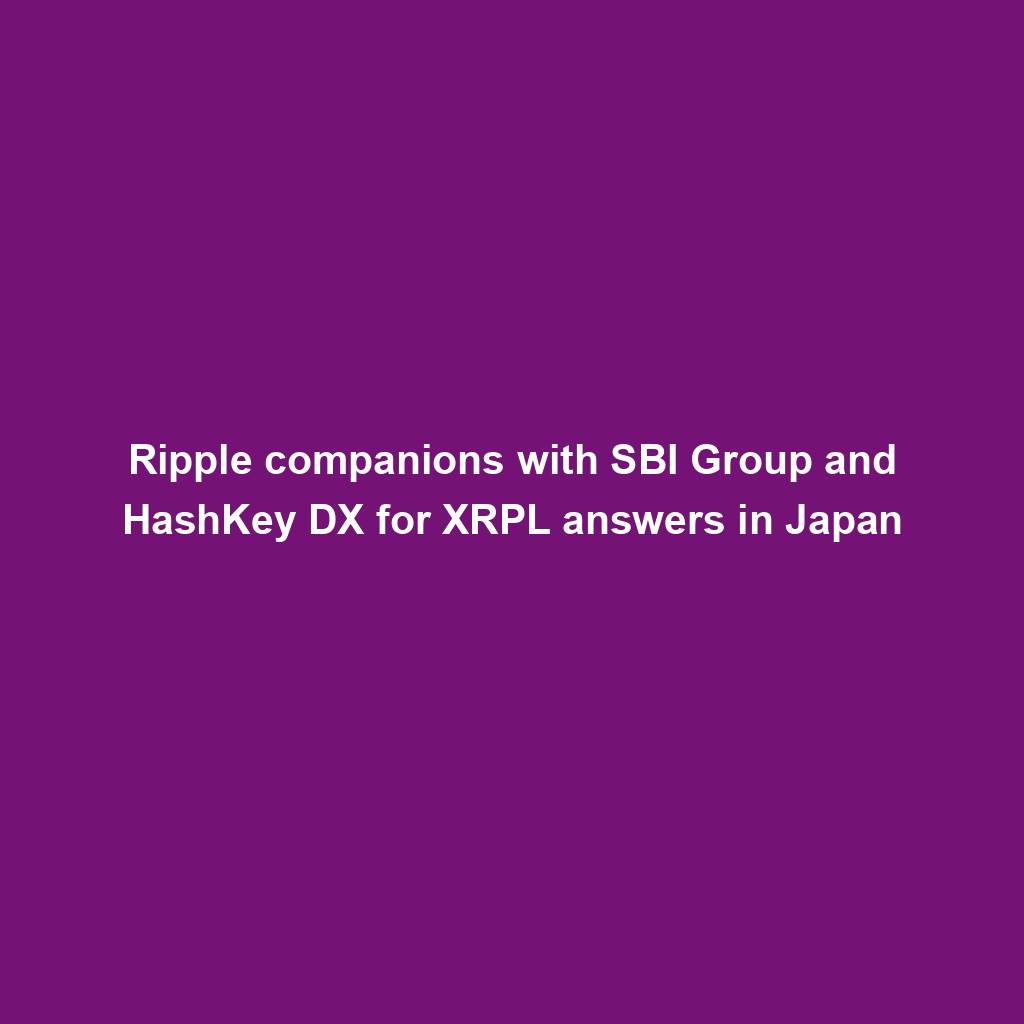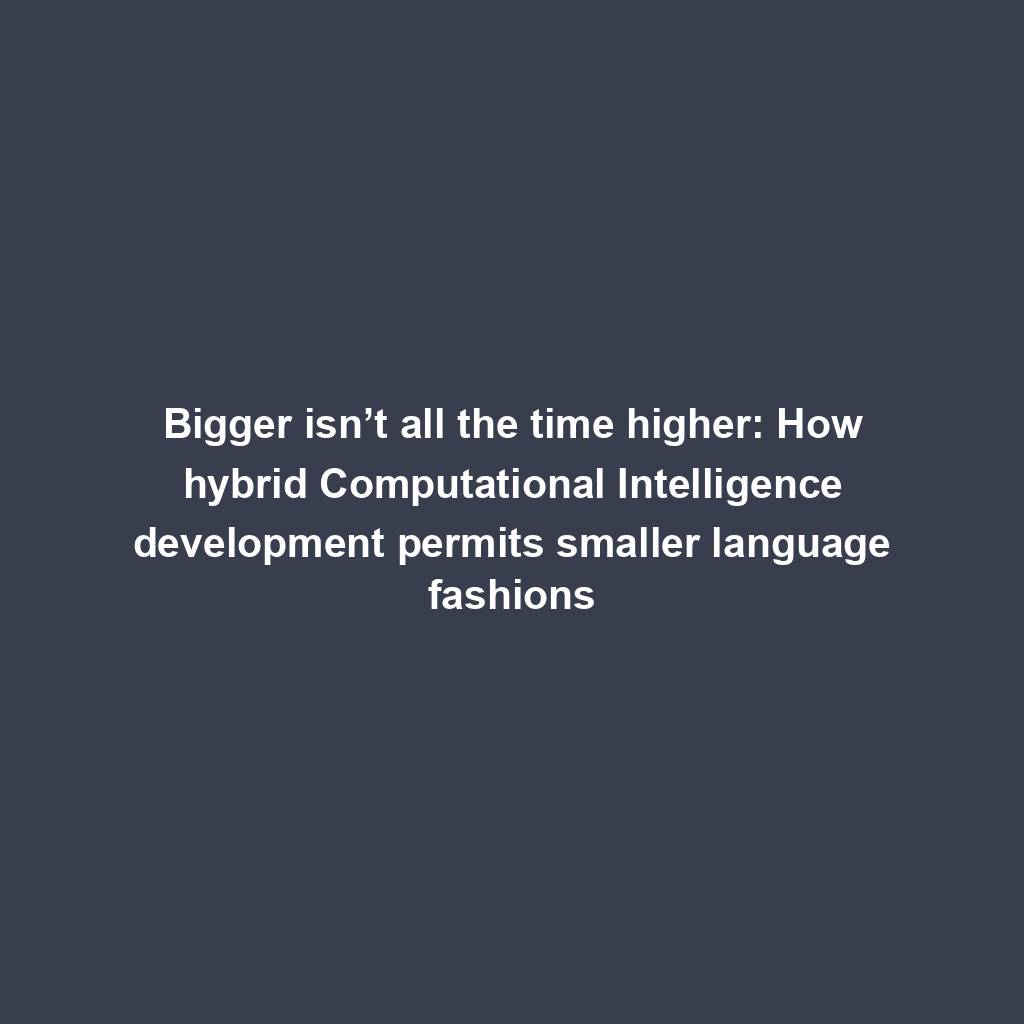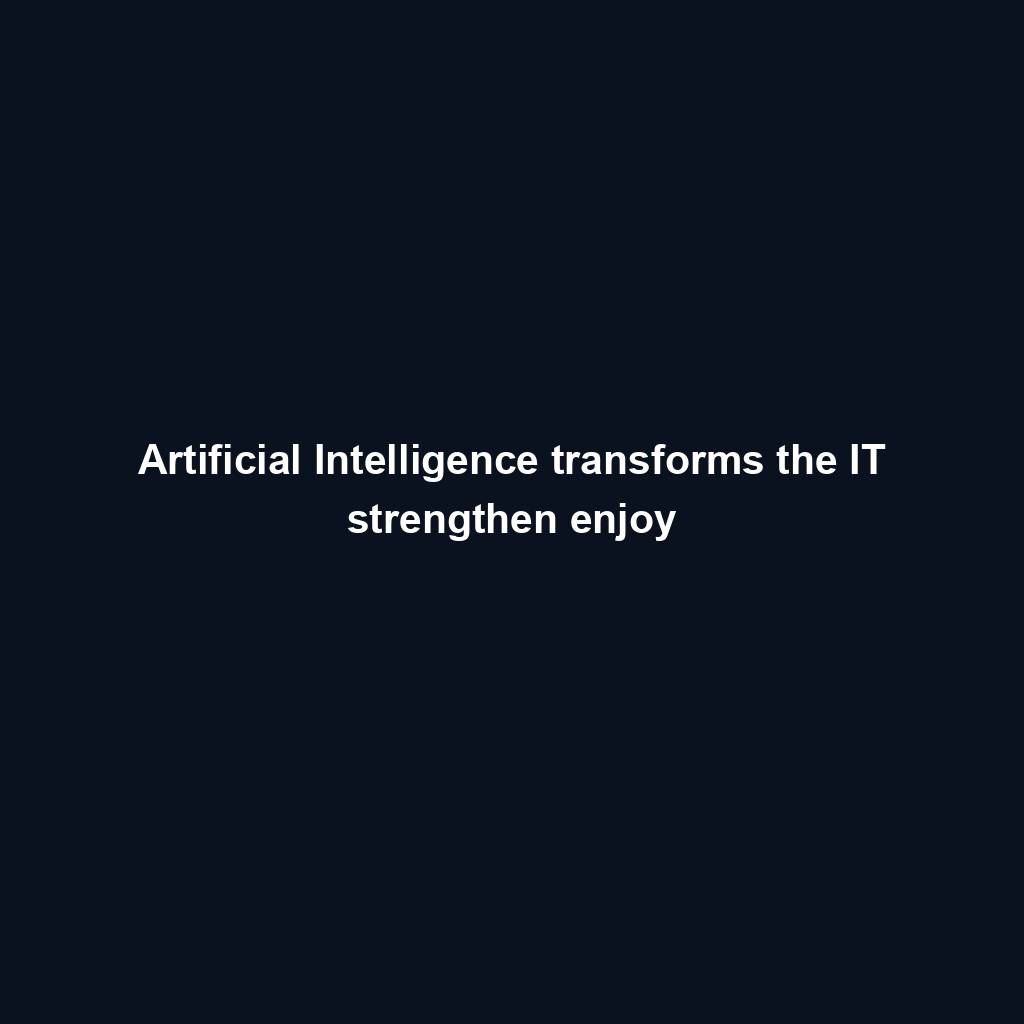Introduction:
Distributed consensus is a crucial aspect of various areas in computer science, ranging from blockchain technology to distributed systems. It refers to the process through which a group of nodes or participants reach an agreement on a certain value or state despite potential faults or failures. In this comprehensive guide, we will delve into the fundamentals of distributed consensus, exploring its underlying principles, algorithms, and applications.
The Essence of Distributed Consensus:
At its core, distributed consensus aims to achieve agreement among multiple participants in a network. This agreement may involve electing a leader, determining a value, or validating transactions. However, achieving consensus in a distributed system is challenging due to the potential for participants to have different perspectives, or for certain nodes to fail or behave maliciously. Therefore, various consensus algorithms have been developed to address these challenges.
Consensus Algorithm Types:
1. Byzantine Fault Tolerance (BFT):
Byzantine Fault Tolerance algorithms enable consensus even in the presence of malicious participants or nodes. They can withstand Byzantine failures, where participants may deviate from the protocol, send contradictory messages, or collude to disrupt the consensus process. Notable BFT algorithms include PBFT (Practical Byzantine Fault Tolerance) and Tendermint.
2. Proof-of-Work (PoW):
PoW is the consensus mechanism famously used in blockchain technology, particularly in cryptocurrencies like Bitcoin. It involves nodes solving computational puzzles to add blocks to the chain. The agreed-upon chain with the most computational work serves as the source of truth. PoW algorithms are known for their security and resilience to attacks.
3. Proof-of-Stake (PoS):
Unlike PoW, PoS algorithms determine block validators based on the participants’ stake or ownership of a particular cryptocurrency. Validators are chosen randomly in proportion to their stake, and they take turns proposing and validating blocks. PoS algorithms consume significantly less energy compared to PoW, making them more environmentally friendly. Examples include EOS and Tezos.
4. Practical Byzantine Fault Tolerance (PBFT):
PBFT is a classic BFT algorithm that guarantees consensus in a network even if up to one-third of the participants are faulty or malicious. PBFT is based on a leader-based architecture, where a leader is elected to propose values, and other nodes vote on the proposed values. If a sufficient majority agrees, consensus is reached. PBFT is widely used in permissioned blockchain networks.
5. Raft Consensus:
Raft is a consensus algorithm designed for fault-tolerant replicated log systems. It divides the participants into three roles: leaders, followers, and candidates. Leaders are elected through a voting process, and they replicate logs and handle client requests. Raft ensures strong consistency and reliability while being easier to understand and implement than other algorithms like Paxos.
Applications of Distributed Consensus:
1. Blockchain Technology:
Distributed consensus enables the decentralized and secure nature of blockchain systems. It ensures that all network participants agree on the validity and order of transactions, thereby preventing double-spending and providing a tamper-resistant ledger.
2. Internet of Things (IoT):
In IoT networks, multiple devices must agree on certain decisions, such as which device should take control or how to allocate resources. Distributed consensus algorithms facilitate coordination, ensuring that IoT devices collectively make the best decisions without centralized control.
3. Distributed Databases:
In distributed databases, consensus protocols enable replication and synchronization of data across multiple nodes. Consensus ensures that all replicas remain consistent, even in the face of network failures or participant faults.
4. Cloud Computing:
Distributed consensus algorithms play a vital role in cloud computing, notably in achieving fault tolerance and load balancing. Consensus protocols help determine the most optimal allocation of resources based on system conditions and participant preferences.
FAQs (Frequently Asked Questions):
Q1. Why is distributed consensus important?
Distributed consensus enables multiple participants in a network to agree on a certain value or state, even in the presence of faults or malicious behavior. It ensures the integrity, security, and reliability of distributed systems.
Q2. What are the challenges in achieving distributed consensus?
Challenges include differing perspectives among participants, faulty or malicious nodes, network delays, and the potential for denial-of-service attacks. Consensus algorithms aim to address these challenges to ensure a reliable agreement among participants.
Q3. How does blockchain utilize distributed consensus?
Blockchain networks rely on distributed consensus algorithms, such as Proof-of-Work or Proof-of-Stake, to agree on the validity and order of transactions. Consensus ensures the decentralization and immutability of the blockchain ledger.
Q4. Which consensus algorithm is the most efficient?
The efficiency of consensus algorithms varies depending on the specific requirements and design goals. PoW is known for its security but consumes high energy, while PoS offers energy efficiency but may have certain trade-offs. The choice of the most efficient algorithm depends on the context and needs of the system.
Q5. Can distributed consensus algorithms handle a large number of participants?
Yes, many consensus algorithms, such as PBFT or Raft, are designed to scale to large networks. By dividing participants into roles or groups, these algorithms can ensure efficient communication and agreement even with a high number of participants.
Conclusion:
Distributed consensus is a critical component of various applications, from blockchain to distributed systems. By enabling multiple participants to agree despite potential faults or malicious behavior, consensus algorithms ensure the reliability, security, and integrity of distributed systems. Understanding the fundamentals of distributed consensus and the different types of consensus algorithms empowers us to design and implement robust and efficient distributed systems in various domains.
More in this category ...
Ripple companions with SBI Group and HashKey DX for XRPL answers in Japan

April sees $25M in exploits and scams, marking historic low ― Certik

MSTR, COIN, RIOT and different crypto shares down as Bitcoin dips

EigenLayer publicizes token release and airdrop for the group

VeloxCon 2024: Innovation in knowledge control

Successful Beta Service release of SOMESING, ‘My Hand-Carry Studio Karaoke App’

Dogwifhat (WIF) large pump on Bybit after record reasons marketplace frenzy

How fintech innovation is riding virtual transformation for communities around the globe

Wasabi Wallet developer bars U.S. customers amidst regulatory considerations

Analyst Foresees Peak In Late 2025

Solo Bitcoin miner wins the three.125 BTC lottery, fixing legitimate block

Ace Exchange Suspects Should Get 20-Year Prison Sentences: Prosecutors

Google Cloud's Web3 portal release sparks debate in crypto trade

Bitcoin Primed For $77,000 Surge

Bitbot’s twelfth presale level nears its finish after elevating $2.87 million

PANDA and MEW bullish momentum cool off: traders shift to new altcoin

Commerce technique: Ecommerce is useless, lengthy are living ecommerce

Republic First Bank closed by way of US regulators — crypto neighborhood reacts

China’s former CBDC leader is beneath executive investigation

Bigger isn’t all the time higher: How hybrid Computational Intelligence development permits smaller language fashions

Pantera Capital buys extra Solana (SOL) from FTX

Successful Beta Service release of SOMESING, ‘My Hand-Carry Studio Karaoke App’

SEC sues Bitcoin miner Geosyn Mining for fraud; Bitbot presale nears $3M

Business procedure reengineering (BPR) examples

85% Of Altcoins In “Opportunity Zone,” Santiment Reveals

Sam Altman’s Worldcoin eyeing PayPal and OpenAI partnerships

Artificial Intelligence transforms the IT strengthen enjoy

Franklin Templeton tokenizes $380M fund on Polygon and Stellar for P2P transfers

Meta’s letting Xbox, Lenovo, and Asus construct new Quest metaverse {hardware}

Shiba Inu (SHIB) unveils bold Shibarium plans as Kangamoon steals the display
